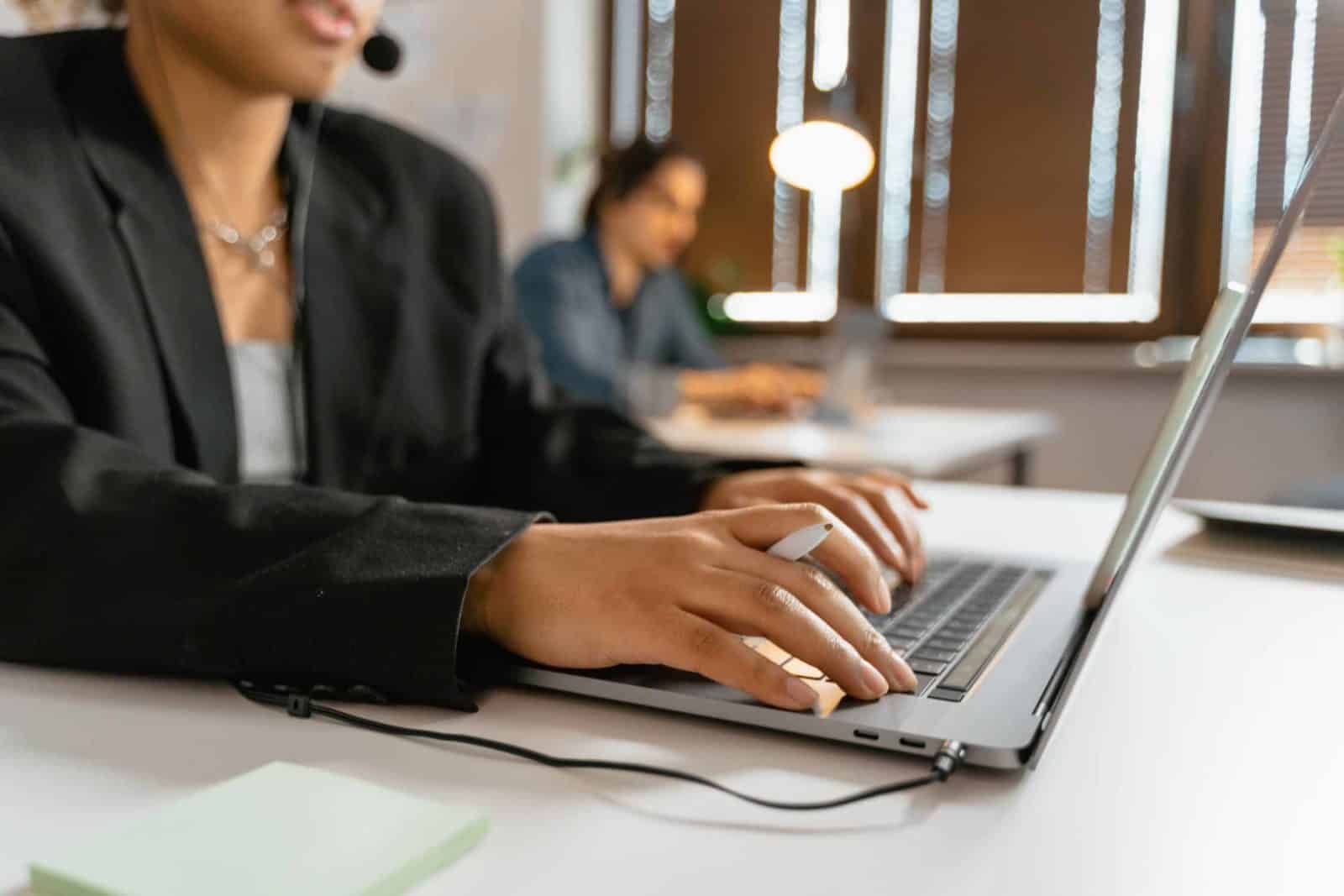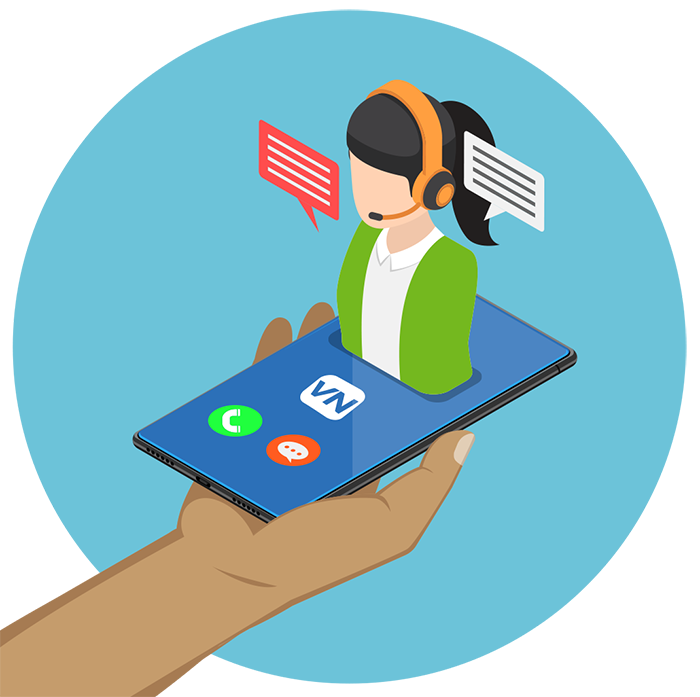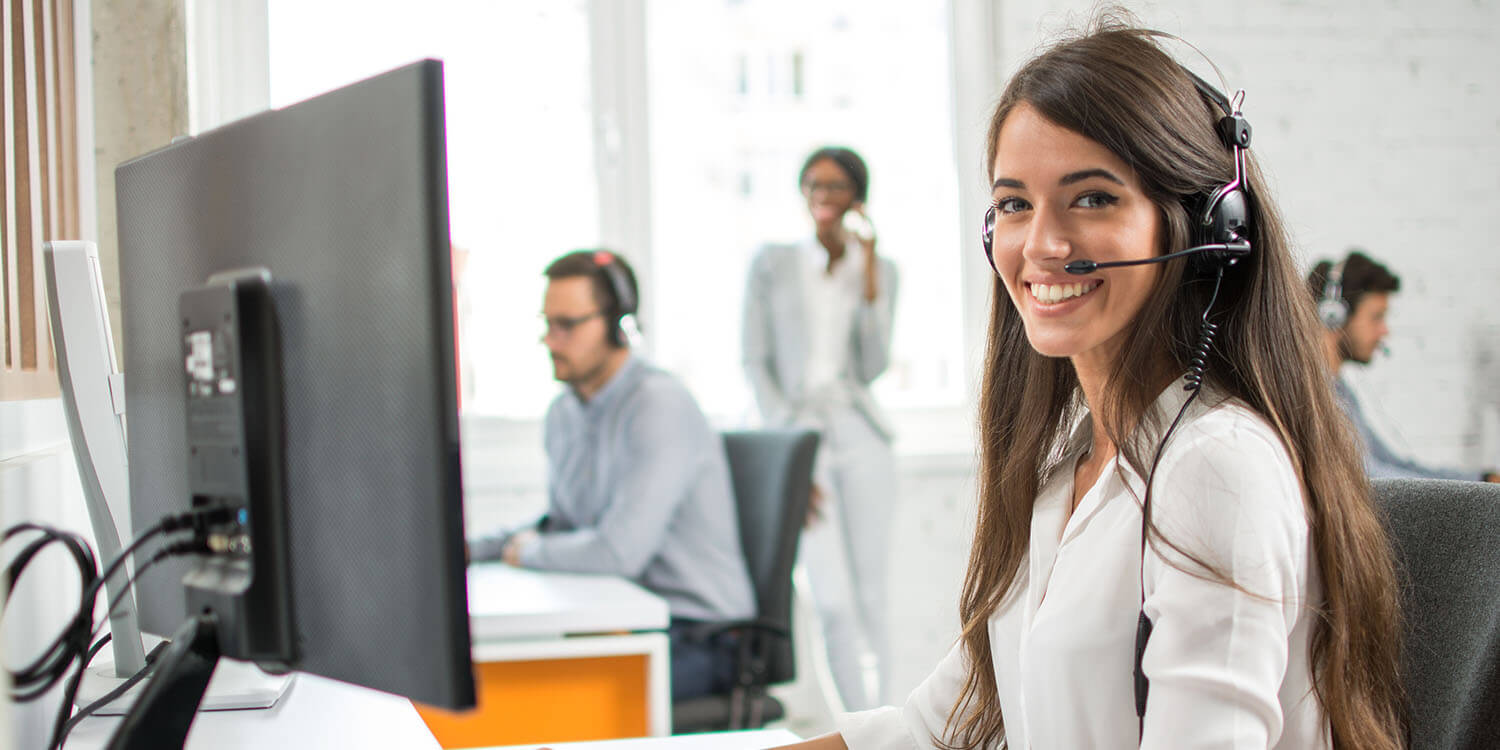All Categories
Featured
Table of Contents
- – Top Phone Answering - Serviced & Virtual Office...
- – Whats The Best Telephone Answering Service - V...
- – Best Call Answering Service For Small Business...
- – What Does How Answering Services Work Cost?
- – Where To Buy Best A Guide To Using Automated ...
- – Which Is Best Top Answering Service In Austr...
Top Phone Answering - Serviced & Virtual Offices & Admin ...
This gadget and its successors were created by Sava Jacobson, an electrical engineer with a personal consulting company. While early voice mail utilized magnetic tape innovation, the majority of modern-day devices utilizes strong state memory storage; some gadgets utilize a mix of both, with a solid-state circuit for the outgoing message and a cassette for the inbound messages.
"toll saving" listed below) (professional phone answering service). This works if the owner is evaluating calls and does not wish to consult with all callers. In any case after going, the calling celebration must be informed about the call having actually been responded to (in most cases this begins the charging), either by some remark of the operator, or by some welcoming message of the TAD, or addressed to non-human callers (e.
This holds specifically for the TADs with digitally stored greeting messages or for earlier devices (before the rise of microcassettes) with an unique limitless loop tape, separate from a second cassette, dedicated to recording. There have actually been answer-only gadgets without any recording capabilities, where the greeting message needed to inform callers of a state of present unattainability, or e (phone call answering).
Whats The Best Telephone Answering Service - Virtual Receptionist - Apso To Buy

about availability hours. In taping Littles the welcoming usually includes an invite to leave a message "after the beep". A voice mail that utilizes a microcassette to tape-record messages On a dual-cassette answerphone, there is an outbound cassette, which after the specified variety of rings plays a pre-recorded message to the caller.

Single-cassette answering machines include the outgoing message at the beginning of the tape and incoming messages on the remaining space. They initially play the statement, then fast-forward to the next readily available space for recording, then record the caller's message. If there are lots of previous messages, fast-forwarding through them can trigger a substantial delay.
This beep is often described in the greeting message, requesting that the caller leave a message "after the beep". Littles with digital storage for the tape-recorded messages do not reveal this delay, obviously. A little might provide a push-button control facility, whereby the answerphone owner can sound the home number and, by entering a code on the remote telephone's keypad, can listen to tape-recorded messages, or delete them, even when away from home.
Best Call Answering Service For Small Business In Brisbane Sales Near Me

Thereby the maker increases the number of rings after which it addresses the call (normally by 2, resulting in 4 rings), if no unread messages are presently stored, but answers after the set number of rings (normally two) if there are unread messages. This permits the owner to learn whether there are messages waiting; if there are none, the owner can hang up the phone on the, e.
Some machines likewise allow themselves to be remotely activated, if they have been turned off, by calling and letting the phone ring a specific big number of times (usually 10-15). Some provider abandon calls already after a smaller variety of rings, making remote activation impossible. In the early days of Littles a special transmitter for DTMF tones (dual-tone multi-frequency signalling) was regionally needed for push-button control, because the previously employed pulse dialling is not apt to communicate proper signalling along an active connection, and the dual-tone multi-frequency signalling was executed step-by-step.
Any incoming call is not identifiable with regard to these homes in advance of going "off hook" by the terminal devices. So after going off hook the calls must be switched to appropriate devices and just the voice-type is immediately available to a human, but possibly, nevertheless need to be routed to a LITTLE (e.
What Does How Answering Services Work Cost?
What if I told you that you do not need to actually pick up your device when responding to a consumer call? Another person will. So convenient, best? Answering call does not need someone to be on the other end of the line. Effective automated phone systems can do the trick simply as efficiently as a live agent and sometimes even better.
An automatic answering service or interactive voice response system is a phone system that interacts with callers without a live individual on the line - local phone answering service. When business utilize this innovation, consumers can get the response to a concern about your business simply by utilizing interactions set up on a pre-programmed call flow.
Although live operators update the customer care experience, many calls do not need human interaction. A simple taped message or directions on how a client can obtain a piece of details generally solves a caller's instant requirement - call answering services. Automated answering services are a simple and efficient way to direct incoming calls to the right individual.
Where To Buy Best A Guide To Using Automated Answering Systems
Notice that when you call a business, either for assistance or product questions, the first thing you will hear is a pre-recorded voice welcoming and a series of options like press 1 for customer support, press 2 for inquiries, and so on. The pre-recorded alternatives branch off to other options depending upon the customer's selection.
The phone tree system helps direct callers to the right individual or department using the keypad on a smart phone. In some circumstances, callers can use their voices. It deserves keeping in mind that auto-attendant alternatives aren't restricted to the ten numbers on a phone's keypad. When the caller has actually picked their very first option, you can design a multi-level auto-attendant that uses sub-menus to direct the caller to the ideal sort of support.
The caller does not have to interact with a person if the auto-attendant phone system can manage their issue. The automatic service can route callers to a staff member if they reach a "dead end" and need help from a live agent. It is pricey to work with an operator or executive assistant.
Which Is Best Top Answering Service In Australia - 2023 Reviews Company
Automated answering services, on the other hand, are significantly less pricey and provide significant expense savings at approximately $200-$420/month. Even if you don't have dedicated staff to deal with call routing and management, an automatic answering service improves productivity by allowing your team to concentrate on their strengths so they can more effectively invest their time on the phone.
A sales lead routed to client service is a lost shot. If a customer who has item concerns reaches the wrong department or gets incomplete responses from well-meaning workers who are less trained to deal with a particular kind of question, it can be a reason for frustration and dissatisfaction. An automatic answering system can minimize the variety of misrouted calls, thereby assisting your workers make better usage of their phone time while maximizing time in their calendar for other jobs.
With Automated Answering Systems, you can develop a tailored experience for both your staff and your callers. Make a recording of your main welcoming, and simply update it routinely to reflect what is going on in your company. You can create as many departments or menu alternatives as you desire.
Table of Contents
- – Top Phone Answering - Serviced & Virtual Office...
- – Whats The Best Telephone Answering Service - V...
- – Best Call Answering Service For Small Business...
- – What Does How Answering Services Work Cost?
- – Where To Buy Best A Guide To Using Automated ...
- – Which Is Best Top Answering Service In Austr...
Latest Posts
Premium Call Management Service – Adelaide
Detailed Virtual Receptionist Near Me
Eco-Friendly Live Answering Service ( Barwon 3220)
More
Latest Posts
Premium Call Management Service – Adelaide
Detailed Virtual Receptionist Near Me
Eco-Friendly Live Answering Service ( Barwon 3220)